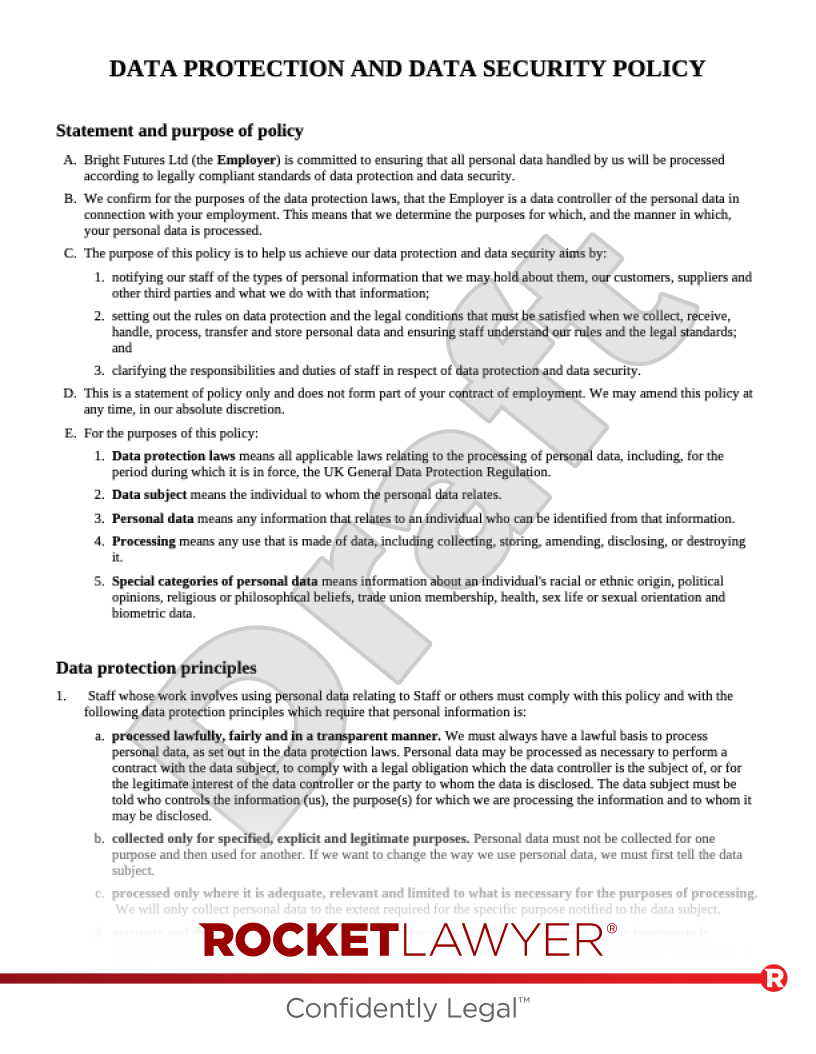The basic requirements of security barriers
Bollards are used to impede vehicular access to a location. In order to function effectively, they need to be spaced with a maximum air gap (ie the gap between bollards) of 1.2 metres. Security gates may be used externally or internally.
In either case, they need to be spaced in a way that balances the need for pedestrian traffic flow with the need to be able to carry out security checks.
The key pieces of legislation concerning security barriers on commercial or retail premises
While there are various pieces of legislation that could potentially have a bearing on the deployment of security products on commercial and retail premises, there are 4 that stand out. These are:
-
BS 7671, Requirements for Electrical Installations (also known as the ‘IET Wiring Regulations’)
-
the Building Regulations 2010, Part P
The Health and Safety at Work etc Act 1974
The requirements of the Health and Safety at Work etc Act 1974 are basically what its title suggests, ie to make sure that people are kept both healthy and safe at work.
In the context of security products, there are two main points to keep in mind. First of all, the equipment needs to operate safely. For example, if a business is using rise-and-fall bollards, they need to activate in plenty of time for a driver to identify that there is a barrier and to stop their vehicle safely. This is the case even in the poorest of weather conditions when visibility is at its lowest and stopping distances are at their highest.
Secondly, the equipment has to be installed in such a way that it maintains reasonable traffic flow even at the busiest of times. For example, pass-operated security gates must work so quickly that flow is maintained no matter what, or there must be a safe space for people to wait their turn (ideally both).
The Equality Act 2010
The most obvious relevant point raised by the Equality Act 2010 is the need to avoid discrimination (including against those with disabilities). The most obvious instance of how the use of security products might impact those with disabilities is the issue of wheelchair users having to navigate them.
In this context, this issue might not necessarily be the spacing per se: 1.2 metres should be ample for a wheelchair travelling in a straight line. The issue may be the need to turn and/or for people going in opposite directions to be able to see each other, even though a wheelchair user will typically be lower down than the average adult.
The IET Wiring Regulations
The IET Wiring Regulations are a national standard used in the UK for electrical wiring. In other words, they relate to the safety of the electrical components used in certain types of security barriers. They require components to comply with all relevant safety standards.
The Building Regulations 2010
Part P of the Building Regulations 2010 requires all work on fixed electrical installations in dwellings and associated buildings to comply with relevant standards (ie the IET Wiring Regulations). While the term ‘dwelling’ generally refers to residential properties (ie homes), here it also applies to electrical installations in business premises that share an electricity supply with dwellings (eg shops or pubs with flats above them).
Anyone carrying out electrical installation in a dwelling has to ensure that the work (including any rewiring) is designed and installed to protect people from fire and electric shocks. Certain works (eg the provision of a new circuit) also require notification to the local authority.
Other ways of using security products to protect premises
Physical barriers are just one way of protecting commercial premises. There are various other ways to protect premises, including:
Securing the premises
An easy way to ensure the security of commercial premises is to ensure that the premises themselves are secured. Businesses should make sure:
-
that any property boundaries (eg walls or fences) are adequate and secure
-
to keep ladders and other equipment (eg tools or wheelie bins) stored somewhere where they cannot be used to gain access to the premises (eg in a locked room)
-
to illuminate any points of entry (eg with motion-detection lights) to deter anyone from trying to gain access to the premises
Hiring security guards
Security guards protect the premises during opening hours or after closure. They act as a visible deterrent to potential criminals, reducing the likelihood of theft, vandalism, or other security breaches. They also provide a quick response in case of emergencies, such as break-ins or disturbances, helping to minimise potential damage or harm. Security guards can also monitor access to the premises, ensuring the overall safety of the premises and anyone on site.
Businesses planning on hiring security guards should make sure to follow the correct hiring processes and to comply with their legal obligations as employers. For more information on security guards, read The laws surrounding on-premises security guards.
Installing alarms or security systems
By fitting security systems to the premises, a business can take proactive steps to ensure the premises’ security. Security systems (eg alarms, cameras, and sensors) act as visible deterrents. In the event of a security breach (eg a break-in), security systems also sound an alarm.
Businesses may wish to install monitored alarms, which alert a nominated person and the police if they go off, providing further security and enabling a swift response to minimise damage or theft.
Installing CCTV
Installing CCTV systems helps protect commercial premises by providing continuous surveillance and recording of activities while also acting as a deterrent from unlawful behaviour. CCTV footage can also act as valuable evidence in the event of a security breach, aiding in identifying perpetrators and assisting law enforcement.
Any business that wishes to install CCTV must comply with relevant data protection laws. This includes but is not limited to:
-
displaying signs to inform people that CCTV is in use and the reasons for this
-
paying the relevant data protection fee
-
sharing CCTV footage with authorities (eg the police) if prompted to
-
keeping CCTV footage only for as long as necessary
Businesses that wish to install CCTV that will capture footage of their workforces must comply with all relevant workplace monitoring considerations.
For more information on data protection considerations and CCTV, see the guidance provided by the Information Commissioner’s Office (ICO). For more information on data protection in general, read Complying with the GDPR and Data protection.
Ask a lawyer if you have any questions or concerns.





